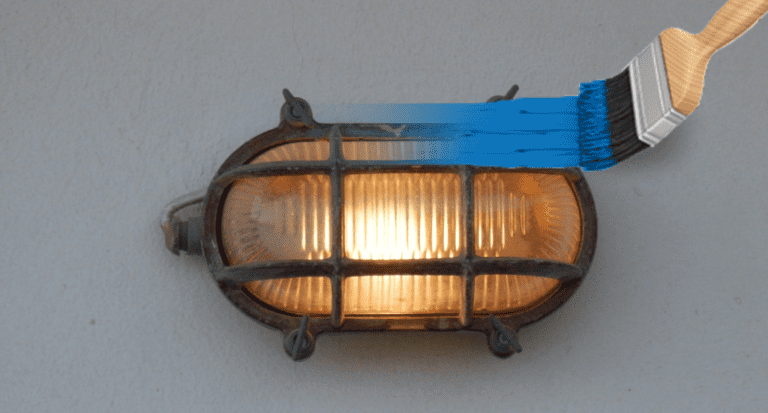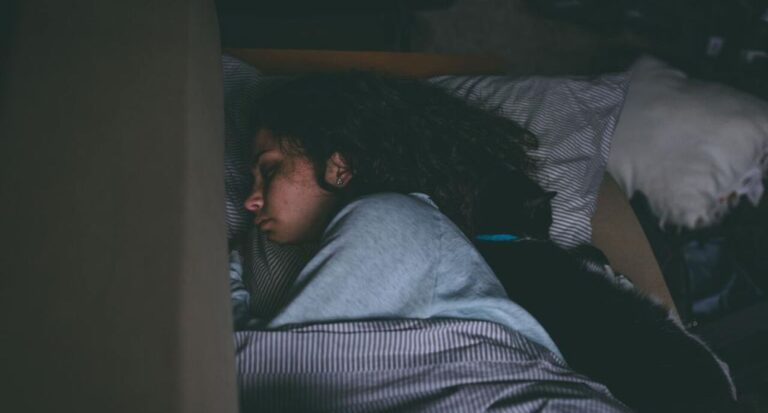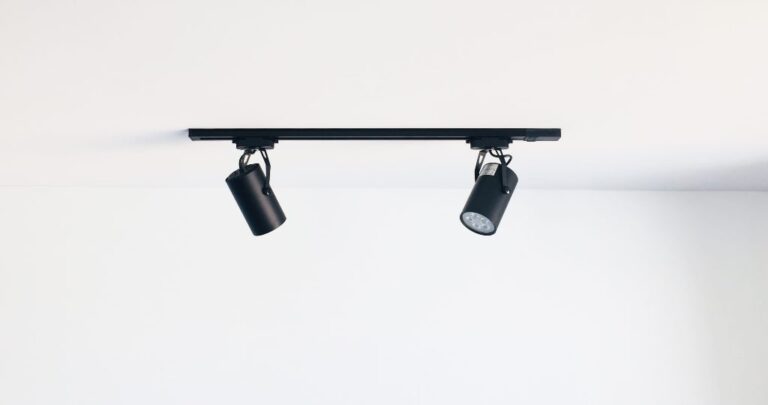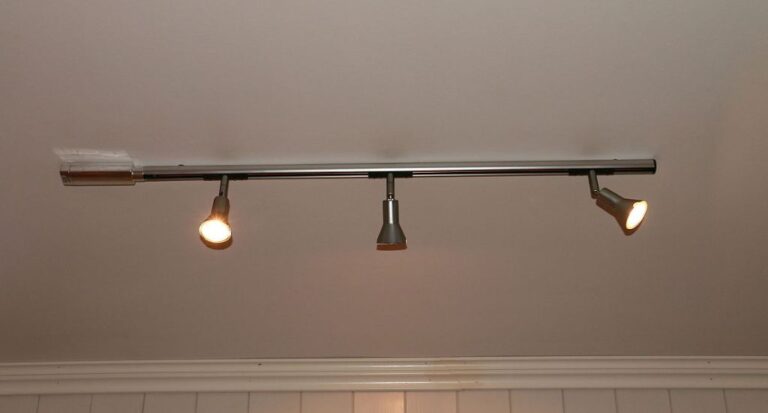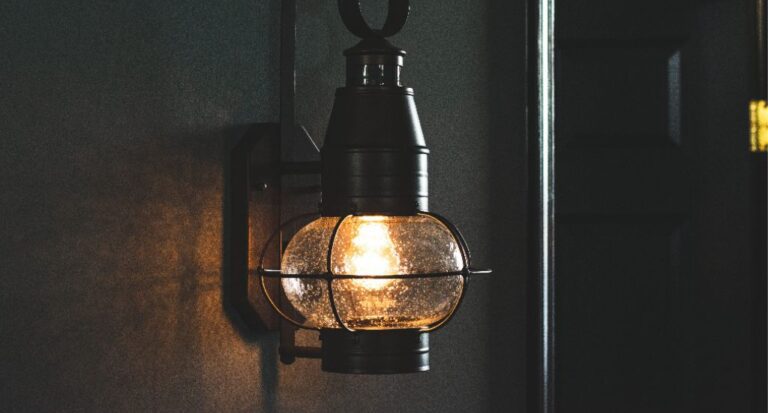How to Fix Overheating Lighting Fixtures
Overheating lighting fixtures can pose a serious fire hazard and must be addressed immediately. Fortunately, there are a few simple steps you can take to fix overheating lighting fixtures and prevent any potential accidents.
To fix overheating lighting fixtures, start by turning off the power supply to the affected area. Next, remove the light bulb and check the wattage rating to ensure it’s within the recommended range for the fixture. If the wattage is too high, replace it with a lower-wattage bulb.
One can also try substituting the fixture with one that possesses better ventilation or installing a heat-resistant insulation pad between the fixture and the ceiling. If none of these steps adequately address the issue, it is prudent to seek guidance from a certified electrician.
It is crucial to bear in mind that promptly dealing with overheating lighting fixtures can help mitigate the risk of hazardous fires and ensure the security of one’s household and dear ones.
1 Why Are Your Lighting Fixtures Overheating?
As a proficient illuminator, I have observed that numerous patrons are encountering difficulties with the superheated lighting devices. This causes inconvenience but can also generate a serious situation if not addressed with alacrity.
Enumerated below are some factors why your lighting fixtures may be surging in temperature and remedies to thwart this issue from manifesting.
1.1 Wattage Mismatch
One of the most common reasons for overheating lighting fixtures is a wattage mismatch between the fixture and the light bulb. Using light bulbs with wattage higher than the fixture’s maximum recommended wattage can cause overheating, which may lead to the fixture’s failure.
The higher-wattage bulbs create excessive heat that the fixture’s wiring and insulation cannot handle, leading to overheating.
1.2 Poor Ventilation
One of the primary reasons why your lighting fixtures may be overheating is poor ventilation. Poor ventilation can cause a build-up of heat, particularly in enclosed spaces such as attics and basements. If the heat generated by the light bulbs cannot escape, it can cause the temperature in the room to rise, leading to overheating.
This is particularly true if the lighting fixtures are installed in a small room or if the room lacks proper insulation.
Another factor that can contribute to poor ventilation is the type of light bulb used in the fixture. Incandescent bulbs, for example, generate a lot of heat and can easily overheat the fixture. Switching to LED or CFL bulbs can help reduce the heat generated and decrease the risk of overheating.
1.3 Insulation Problems
Insulation is a vital aspect of any home as it helps regulate temperature and prevents heat loss. Poor insulation can cause heat to build up, which can cause lighting fixtures to overheat. This is particularly true for recessed lighting fixtures that are installed in the ceiling.
If the insulation around the fixture is not adequate, heat can accumulate, causing the fixture to overheat.
Another insulation problem that can contribute to overheating is the use of insulation materials that are not rated for use around lighting fixtures.
For example, using standard fiberglass insulation around a fixture can pose a fire hazard as it is not designed to withstand the heat generated by the fixture.
1.4 Bulb Type
The type of light bulb you use can also contribute to overheating. Incandescent bulbs produce more heat than LED bulbs, and using them in fixtures that are not designed to handle this heat can cause overheating.
1.5 Overloading the Circuit
Overloading the circuit is another cause of overheating lighting fixtures. When too many fixtures are connected to a single circuit, the circuit may become overloaded, causing the fixtures to overheat.
2 How to Fix Overheating Lighting Fixtures
Lighting fixtures can be a great addition to any home or office, providing adequate light for work or relaxation.
However, when these fixtures start to overheat, they become a potential hazard, and they can also lead to increased energy costs. Fortunately, there are some simple steps that can be taken to fix overheating lighting fixtures. In this article, we will discuss some of these steps in detail.
2.1 Replace High-Wattage Bulbs
One of the primary causes of overheating lighting fixtures is the use of high-wattage bulbs. These bulbs generate a lot of heat, which can cause the fixture to overheat. To fix this problem, you should consider replacing the high-wattage bulbs with low-wattage ones.
Low-wattage bulbs produce less heat, which will help to keep the fixture cool. Additionally, they consume less energy, which can help to reduce your energy bills.
2.2 Improve Ventilation
Another way to fix overheating lighting fixtures is to improve ventilation. Poor ventilation can cause heat to accumulate in the fixture, leading to overheating.
To improve ventilation, you should make sure that the fixture is not obstructed by any objects. You should also consider installing a fan near the fixture. A fan can help to circulate air around the fixture, which will help to dissipate heat.
2.3 Install Insulation Covers
Another effective way to fix overheating lighting fixtures is to install insulation covers. Insulation covers can help to prevent heat from escaping from the fixture, which can help to keep it cool.
These covers are made of heat-resistant materials, which can withstand high temperatures. They are also easy to install and can be found in most hardware stores.
2.4 Check Wiring
Finally, you should also check the wiring of the lighting fixture. Faulty wiring can cause the fixture to overheat, which can be a fire hazard. To check the wiring, you should turn off the power to the fixture and remove the cover.
You should then inspect the wiring for any signs of damage, such as frayed wires or loose connections. If you find any issues with the wiring, you should contact a qualified electrician to fix the problem.
Preventing Overheating Lighting Fixtures
Lighting fixtures are an essential aspect of every home, providing illumination and enhancing the aesthetics of a room. However, they are prone to overheating, which can cause serious safety hazards such as fire accidents.
Prevention is always better than cure, and the same applies to overheating lighting fixtures. Here are some useful tips to prevent your lighting fixtures from overheating:
Use Energy-Efficient Bulbs: LED bulbs are energy-efficient and emit less heat compared to incandescent bulbs. Using LED bulbs can also help you save money on your energy bills. Do Energy Efficient Interior lighting fixtures produce less lighting?
Avoid High-Wattage Bulbs: Make sure to use bulbs that are within the maximum wattage allowed for your fixture. Using high-wattage bulbs can cause overheating and pose a potential fire hazard.
Proper Ventilation: Install your lighting fixtures in a well-ventilated area to allow proper dissipation of heat.
Regular Maintenance: Regular maintenance of your lighting fixtures can help you identify and fix any potential issues before they become major problems.
Conclusion
In conclusion, overheating lighting fixtures can be a common issue for homeowners, but it’s important to identify the cause of the issue and fix it to prevent any potential hazards.
By following the tips and tricks we’ve provided in this article, you can fix your overheating lighting fixtures and prevent them from overheating in the future.

